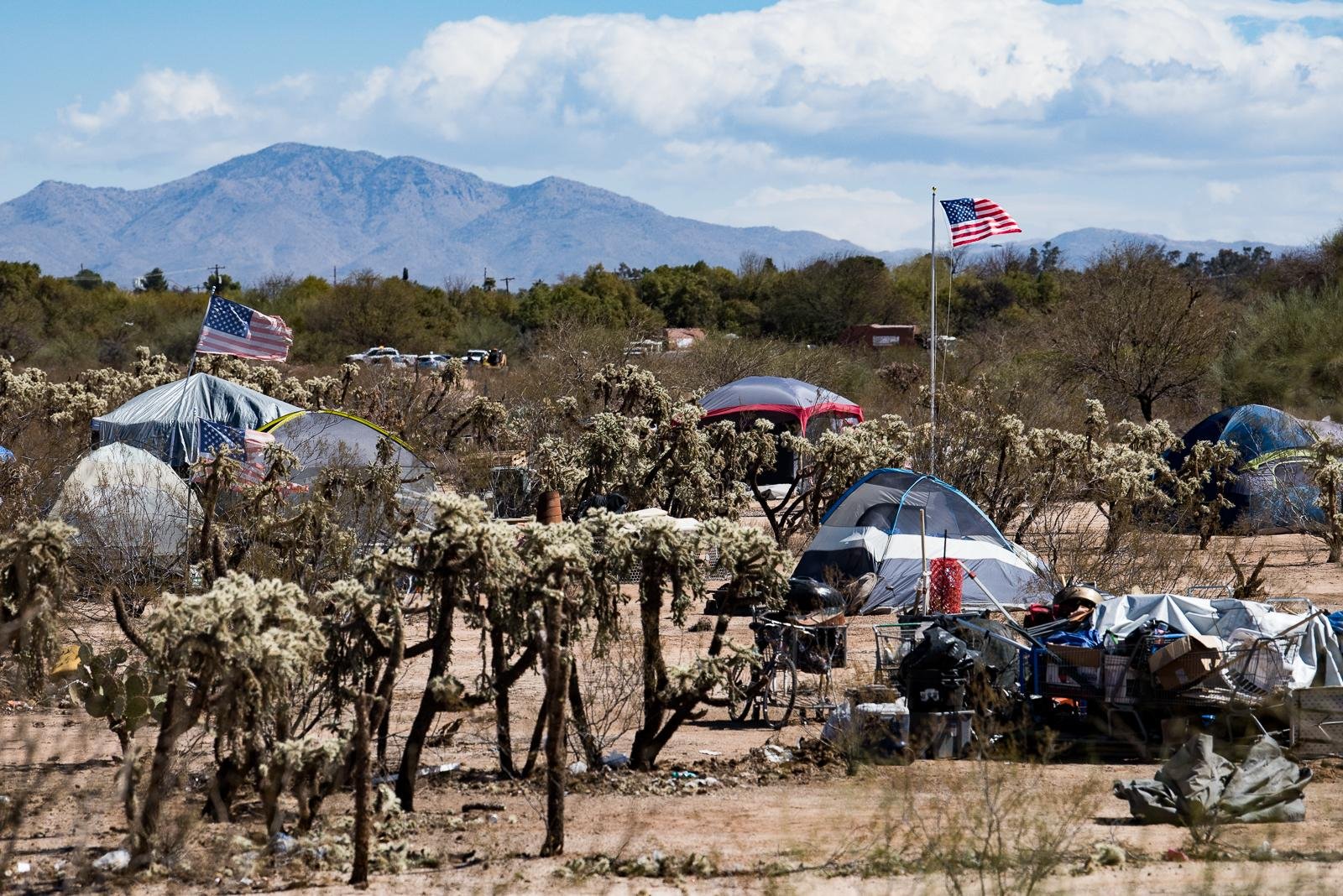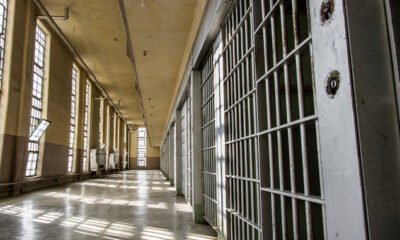Business
Tucson Sees Minor Rise in Homelessness, Yet Shelter Use Surges

Pima County has reported a slight uptick in its homeless population. According to a point-in-time count conducted on January 29, just over 2,200 individuals are living outside, in shelters, or in transitional housing. However, those without any form of shelter have decreased by nearly 25 percent.
This annual survey, released Monday, provides a nuanced view of homelessness in the county. While the total number of homeless individuals has edged up, overall statistics have remained stable compared to other regions with surging numbers. Officials commend local nonprofits for successfully expanding shelter options, which increased by more than two-thirds.
Over 400 volunteers, along with government and nonprofit staff, scoured the county to gather data from those experiencing homelessness. This year’s count incorporated the communities of Ajo and Catalina, giving a broader perspective on the issue.
Since 2007, local governments have been required to conduct these surveys in January, reporting their findings to the U.S. Department of Housing and Urban Development (HUD) for federal funding guidance. This year, the count revealed 2,218 people in 1,857 households were either in shelters, transitional housing, or completely unsheltered.
A breakdown of the data showed that 1,276 individuals had no shelter, while 942 were residing in shelters on the night of the count. “Every person living on the streets represents a broader community challenge,” said Shannon Fowler, chairperson of the Tucson Pima Collaboration to End Homelessness (TPCH). She highlighted their ongoing efforts to provide stable housing and support services.
The homeless population in Pima County has sharply risen in previous years, with figures showing an increase from approximately 1,380 in 2018 to 2,227 in 2022. Notably, TPCH did not conduct a count in 2021 due to the COVID-19 pandemic.
The economic fallout from COVID, characterized by rising living costs, job losses, and the termination of eviction moratoriums, has significantly impacted homelessness, according to TPCH. Although the count remains flat in comparison to national statistics, the broader picture is troubling. HUD reported an 18 percent rise in unsheltered individuals nationwide since 2023, with Arizona reflecting a 3.5 percent increase.
Nationally, several demographics experiencing homelessness have reached new highs, from families with children to unaccompanied youth. Officials attribute this escalation to a multifaceted crisis, including the affordable housing shortage, inflation, and discriminatory practices in housing. Conversely, the number of homeless veterans saw a rare decrease, dropping by eight percent compared to last year.
In Pima County, the unsheltered population has dropped by about 23 percent, with homelessness among 18-24-year-olds falling by 32 percent. Yet, the count revealed a rise in individuals living on the streets due to serious mental health issues and substance dependence. The number of chronically homeless individuals also increased, from 798 last year to 842 this year.
TPCH aims to counter homelessness through coordinated outreach, increased emergency shelter beds, and enhanced collaboration among housing resources. “The PIT Count serves as an essential tool for directing funding and identifying needs,” emphasized TPCH.
Despite signs of progress, local initiatives are hindered due to cuts in federal support. The recent federal budget proposals threaten significant reductions to programs that assist homelessness, potentially exacerbating the crisis further. Without financial backing, nearly nine million individuals could find themselves homeless.
In response to the ongoing challenges, the Tucson City Council recently voted to criminalize camping in city washes, alongside a previous ordinance banning standing on road medians. Advocates argue these measures could deepen the cycle of poverty and homelessness by imposing fines on those unable to pay.


















